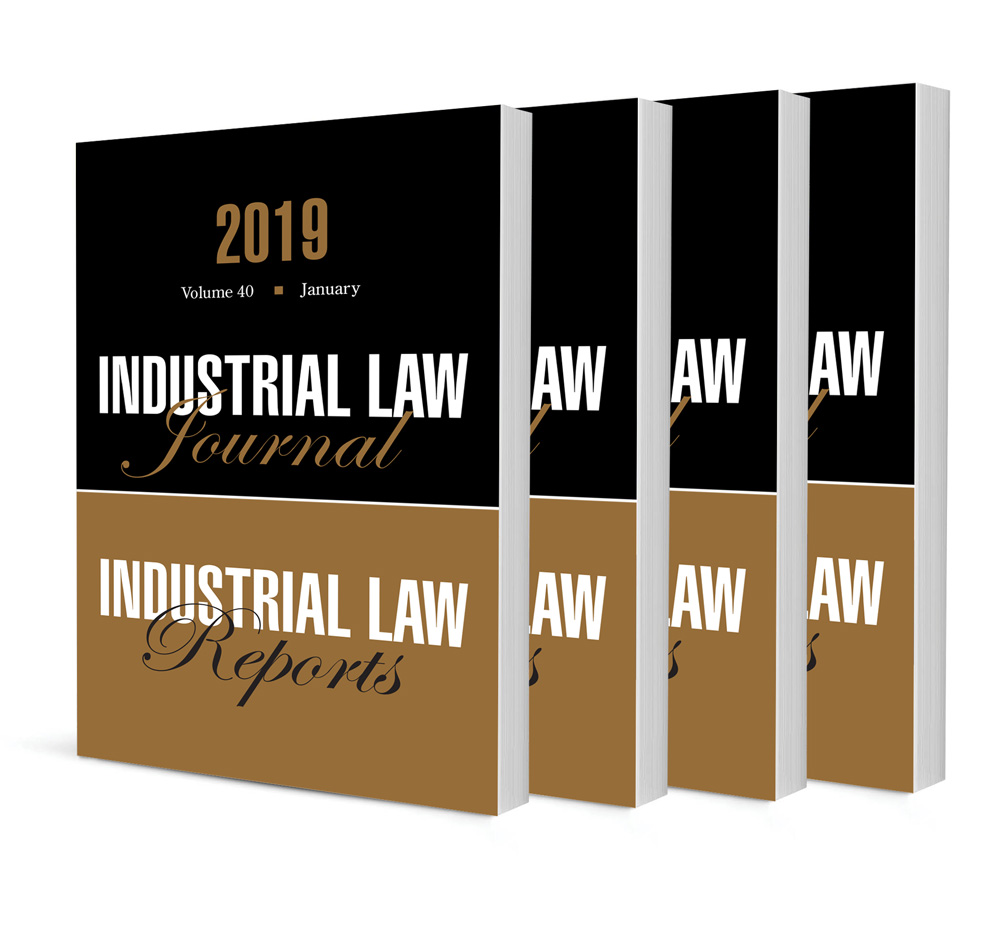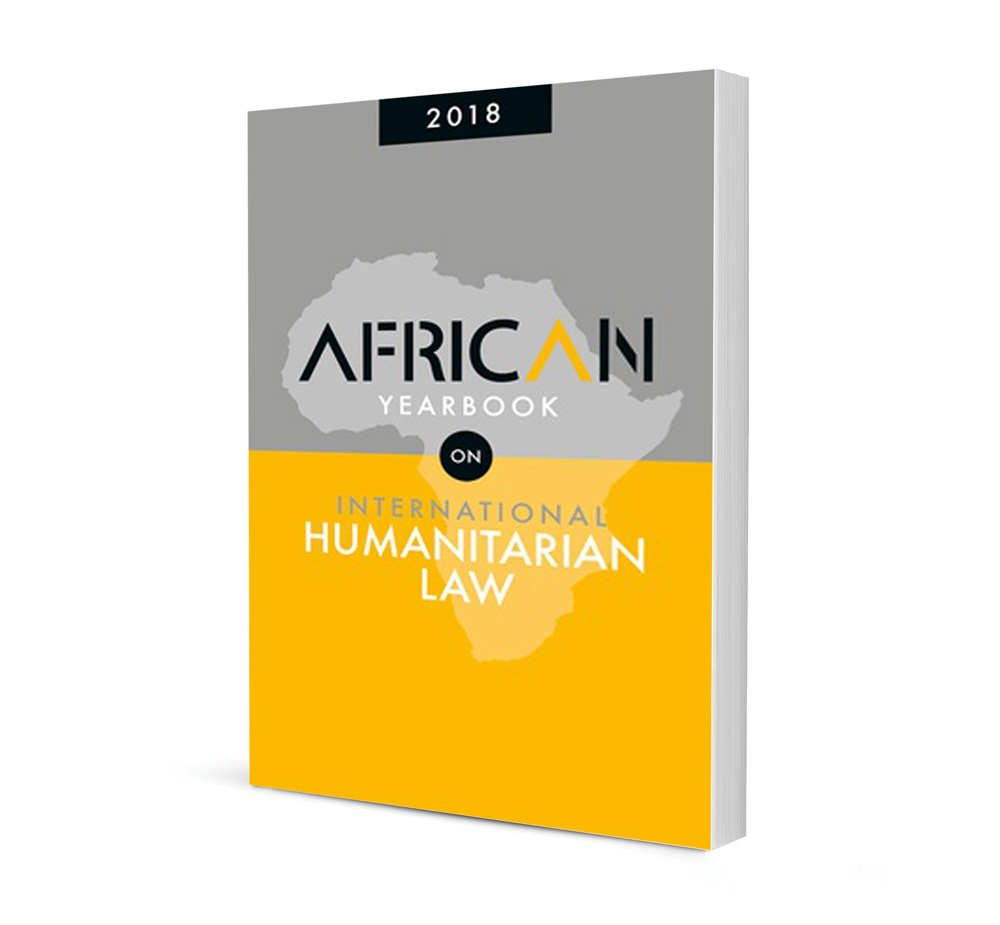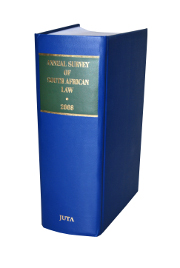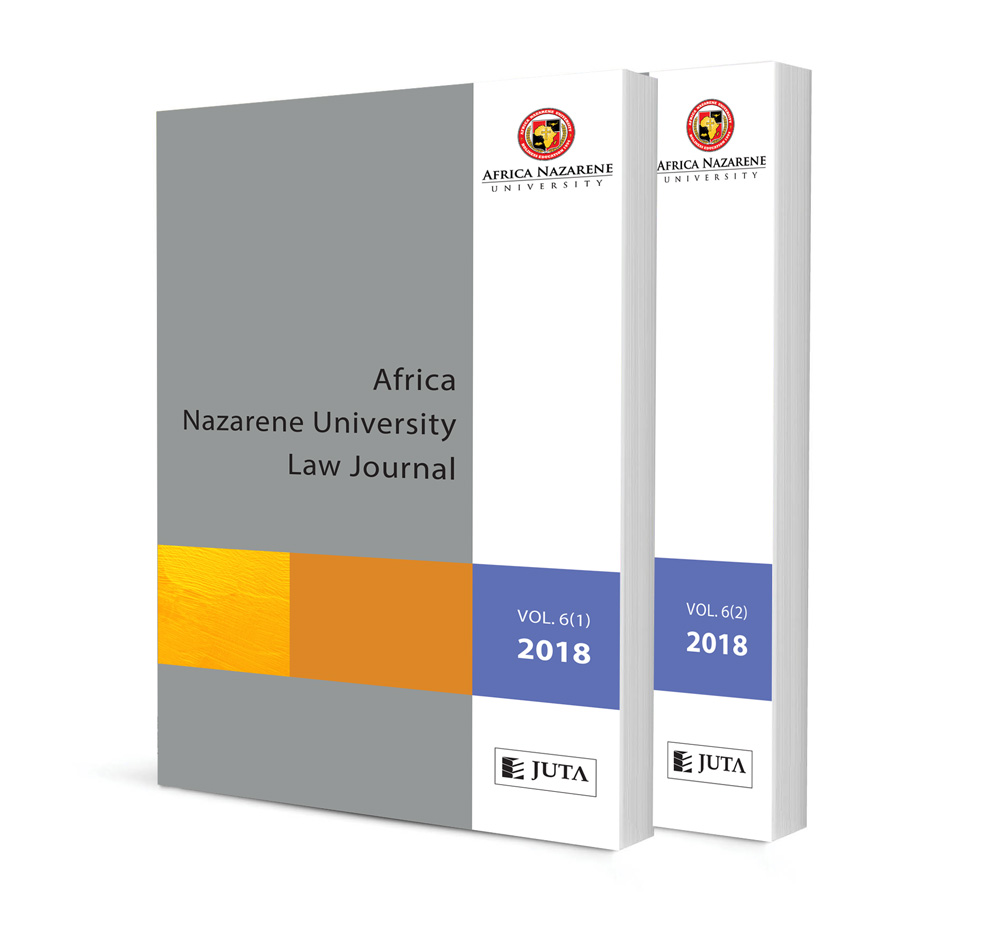A Critique of the Exclusion of the Application of the Solvency and Liquidity Test on Appraisal Rights
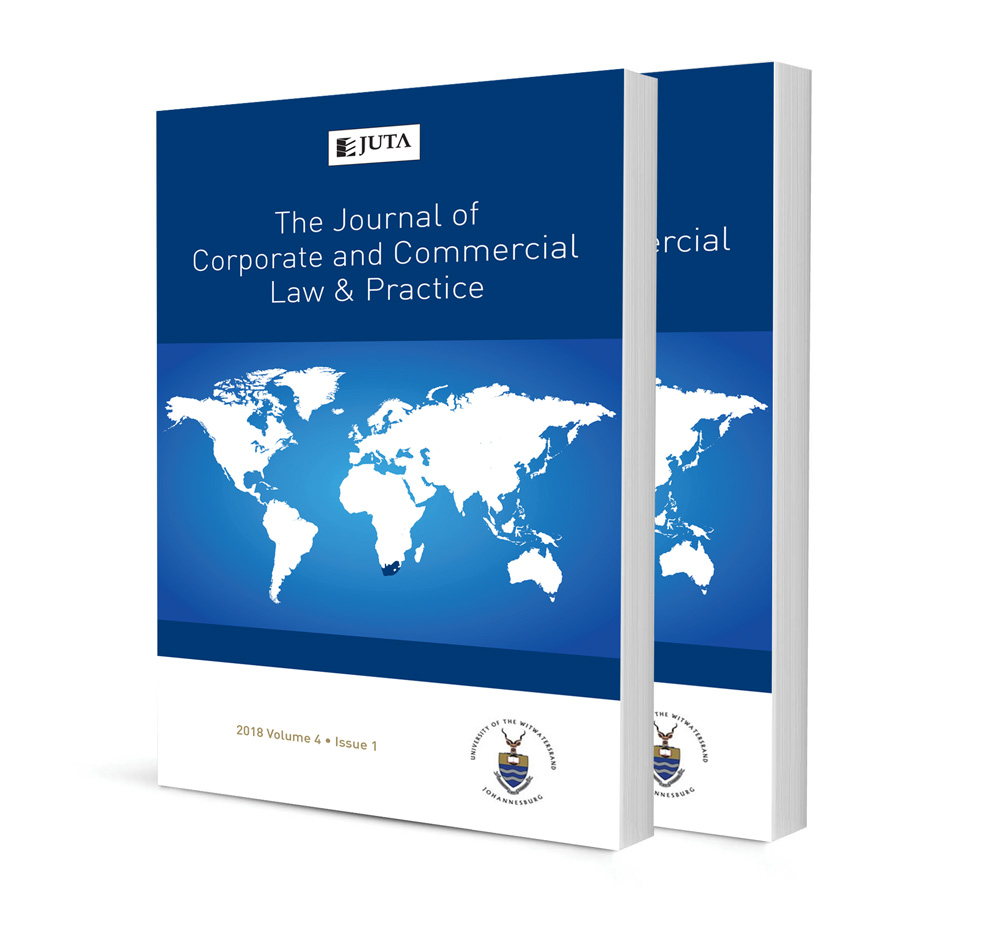
A Critique of the Exclusion of the Application of the Solvency and Liquidity Test on Appraisal Rights
Authors Simphiwe S Bidie
ISSN: 2521-2575
Affiliations: Lecturer, Nelson R Mandela School of Law, University of Fort Hare
Source: Journal of Corporate and Commercial Law & Practice, The, Volume 4 Issue 2, 2018, p. 1 – 30
Abstract
In recent times the protection of minority shareholders has received quite a lot of attention in corporate governance. This is especially so now that corporate reforms abound. The development of the appraisal remedy has been a means towards the protection of such shareholders. These rights have been occasioned by the relentless contests, which companies are often inundated with, between majority and minority shareholders. Recently, appraisal rights have found expression in legislative frameworks of several countries to accord protection to minority shareholders. In South Africa, the Companies Act 71 of 2008 accords appraisal rights to minority shareholders. Under s 164 of the Act, when minority shareholders opt to exercise appraisal rights by, for example, making a demand to be paid by the company for their shares, those payments are excluded from constituting distribution by the company or the acquisition of shares by a company within the meaning of s 48 of the Act, and as such the payment is exempted from the operation of the provisions of s 48 or the application of the solvency and liquidity test set out in s 4 of the Act. The purpose of this paper is to critically engage with the exemption of a company from the scrutiny of the solvency and liquidity test because of payments made to minority shareholders occasioned by the exercise of appraisal rights.
